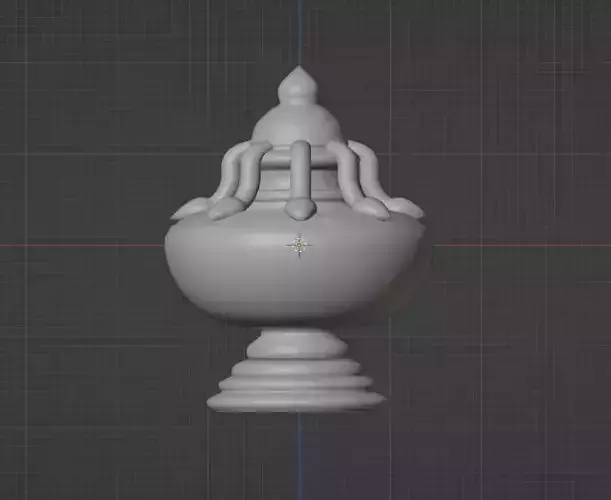1/2
Sri Lanka is a relatively small island country in the Indian Ocean. Despite having a relatively short 2,500-year history, the country is well-versed in its artistic roots. One of its traditional art forms is Punkalasa, an exotically beautiful art.
The Indian touch in most of the Sri Lankan art is striking. Sri Lanka was one of India’s most important trading partners during the Mauryan Empire in India, 300-200 years BC. This had a great influence in their art and history.
But that didn’t hinder the country from developing its own traditions and art, including Pun Kalasa, which is probably Sri Lanka’s truly national art. The country presents its art mainly in terms of Anuradhapura, Dambadeniya, Polonnaruwa, Kotte, Yapahuwa, Gampola, and Kandy. The artistic relics of most of these periods are restricted to paintings and sculptures.
Pun Kalasa (pot of plenty) art is mainly depicted as a figure of coconut flowers on a pot. It’s considered as the sole symbol of prosperity during these times. According to Buddhist culture, a full pot depicts fertility, prosperity and wealth.
A more poetic name for Punkalasa in Sri Lanka is gok gediya. The art of making Punkalasa constructions, often done from coconut palm leaves, is known as Gokkalawa. This is a fine folk art form, using only native materials.
REVIEWS & COMMENTS
accuracy, and usability.


